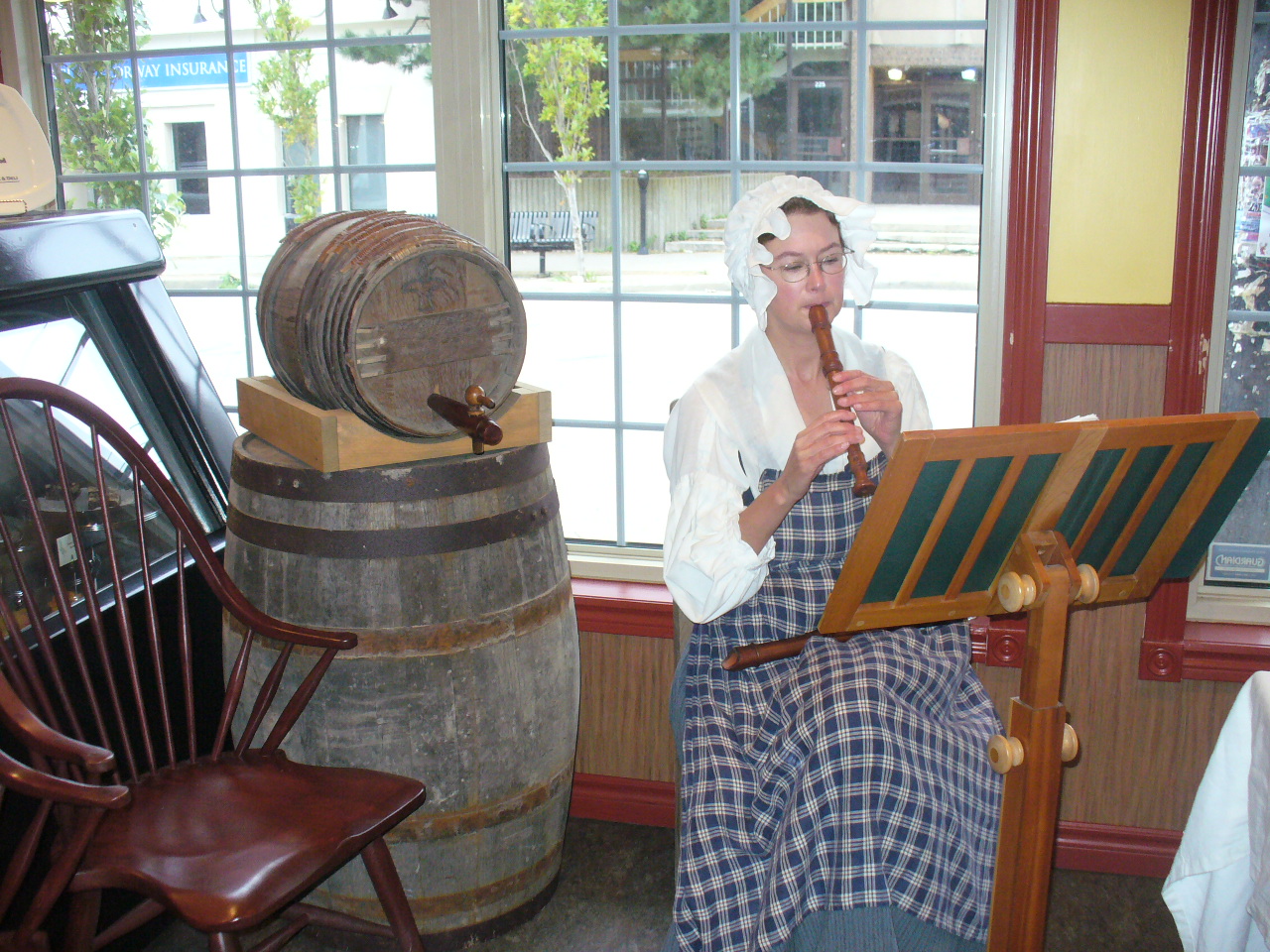Music of Canada in 18th Century
The historical music was calm in Canada colonies and settlements during the 18 th century, while very few famous named works has lived or...
http://worldhitz4u.blogspot.com/2013/12/18th-century-music-in-canada.html
The
historical music was calm in Canada colonies and settlements during the 18th
century, while very few famous named works has lived or were even published.
The French and Indian War started and left the populace economically exhausted
and ill equipped to make cultural pursuit properly. The part time singers of
this time were nonetheless often quite skilled, the traditional songs and
dances like those of the habitants and Metis were transmitted orally, from
generation to generation and from community to community, thus the tribe felt
no need to record them. The printed music was requiring for music teachers and
their pupils, who were from the opportunity minority where domestic music
making was considered a proof of gentility. The music was published and printed
in Europe in the period it was thrived at the industry, but it did not start in
Canada until the 19th century. The Canadian singers were not able to
focus entirely on the making of the new music in these years, most made their
living in other musical events like leading choirs, church organists and
teaching.

source of picture: cbup.ca
The
regimental groups were musically part of the civil life, they featured possibly
a dozen woodwind and brass instruments that perform at the parades, festive
ceremonies, and minutes, country dance and balls.
After
1760’s, the regular shows became a part of the cultural landscape, as well as a
wide variety of dancing, the operatic exacts started to appear, and before the
end of the century, Canada had its first home made grand opera. A show hall
existed in Quebec City by 1764 and subscription shows by 1770. The programs for
the Quebec City and Halifax shows of the 1790’s showed the groups and chamber
music by Handel, J.C. Bach, Haydn, Mozart and Pleyel, Candida’s first wildly
published sheet music are two operas written in late 18th century by
the New France singer, poet, and playwright Joseph Quensel from 1746 to 1809.
The instrument of favour for the lower class was the fraud. The frauds were a
fixture in main public drinking establishments. The late 18th
century by the new two melodic instruments the diatonic harmonica and the
button accordion made their appearance in folk music tradition. God Save the
Queen has been song in Canada since the British rule and by the mid- 20th
century was along with O’ Canada, which is one of the country’s two de facto
national anthems.
